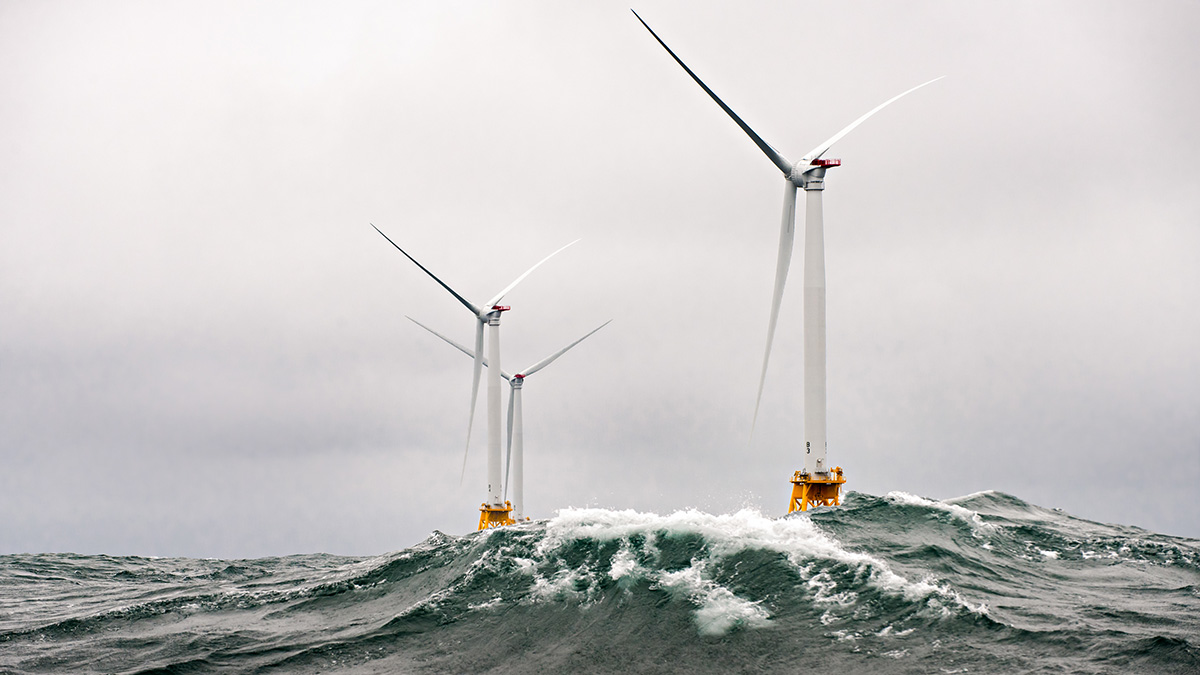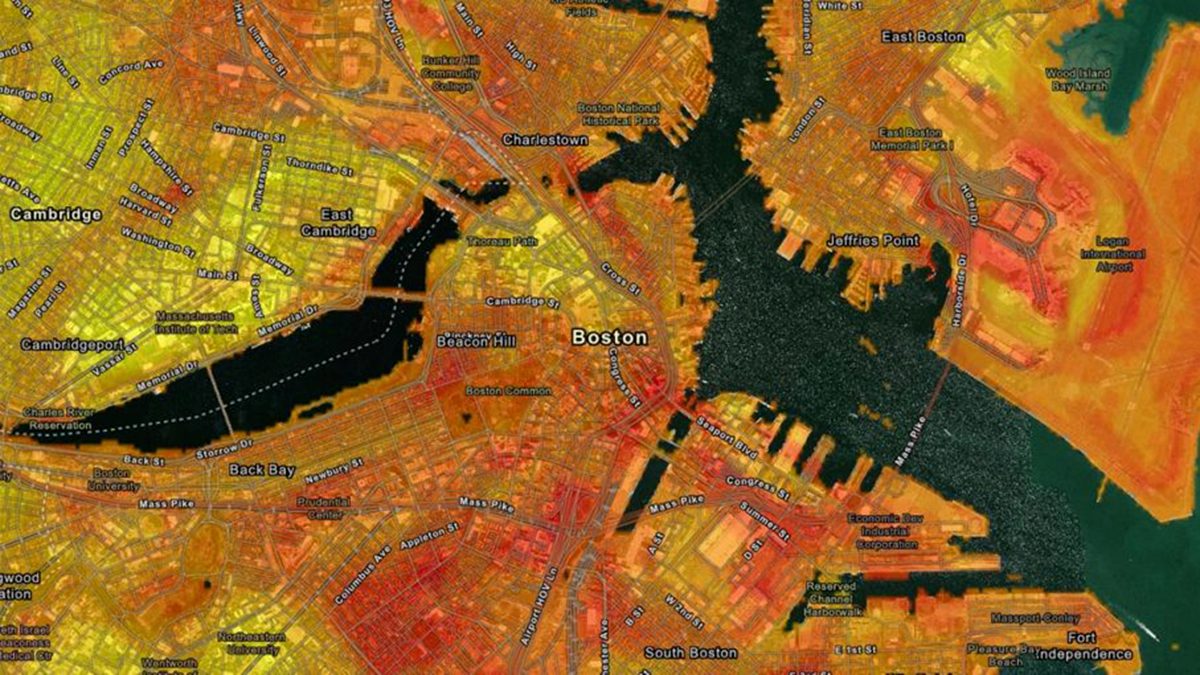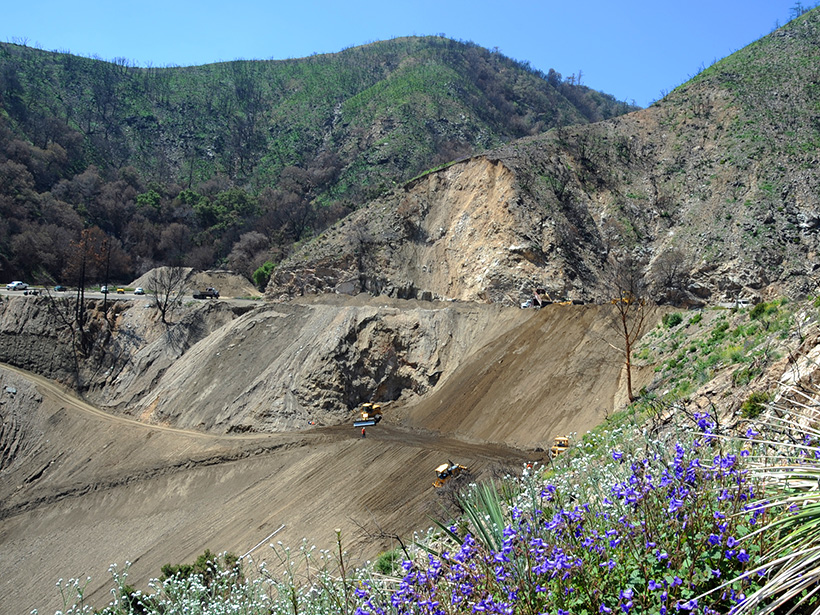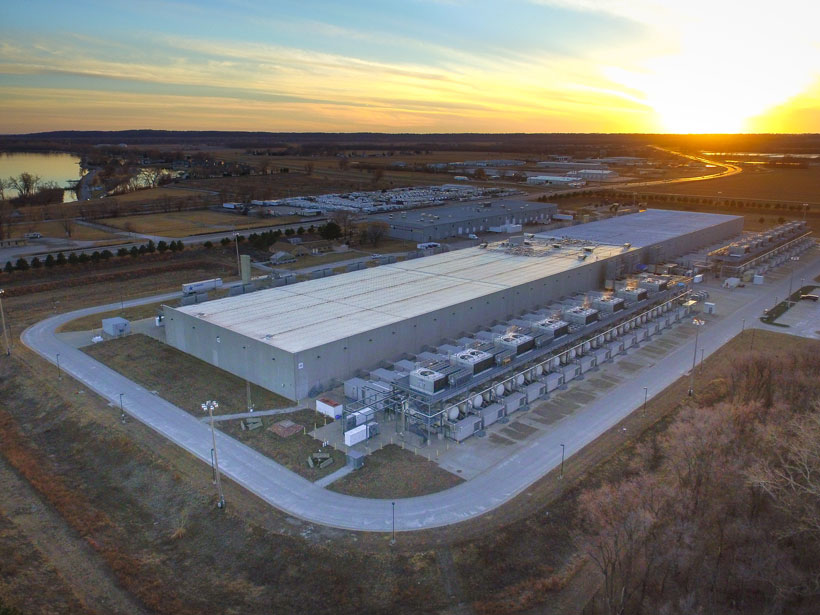Native American tribal communities are actively engaged in adapting to climate change. What information and data will help them build resilience to the new normal?
United States
American Legacy Paleosecular Variation Data Unlocked
The geomagnetic field changes regionally on centennial time scales. A recent study unlocks three historical archives from the “Four Corners” region (southwest USA) reconciling previous discrepancies.
New Standards Spur Water Utilities to Improve Compliance
Although American water utility companies take time to modify procedures and technologies in response to new quality requirements, ultimately it reduces the rate at which they violate standards.
Ocean Terrain and the Engineering Challenges for Offshore Wind Farms
Deep coastal seabeds, glacial erratics, and other geophysical hurdles stand in the way of offshore wind farm proliferation. Researchers, engineers, and organizations are adapting and inventing ways to harness the breeze.
Neighborhoods Are Feeling the Heat of Climate Change
It’s no secret there are disparities in exposure to climate change’s effects. A new study zeroes in on the demographics of neighborhoods subjected to the hottest temperatures.
Is Your Home at Risk of Experiencing a Natural Disaster?
In the contiguous United States, 57% of structures are at risk of experiencing at least one natural hazard—and risk is driven by greater development in hazardous areas against a backdrop of climate change.
SnowSchool Spans the States
The nonprofit, donation-fueled program engages K–12 students by combining the fun of playing in snow with the science of the cryosphere.
Analysis Reveals Patterns of Streamflow Generation Across USA
A new study transforms a classic conceptual framework into a quantitative classification of streamflow generation patterns.
U.S. Data Centers Rely on Water from Stressed Basins
Researchers mapped the environmental footprint of data centers, shedding light on how and where the industry can improve.
NEON Lights a Path for Sustained Ecological Observations
Resources and data offered by the National Ecological Observatory Network are supporting researchers investigating critical ecosystem changes across the country.










